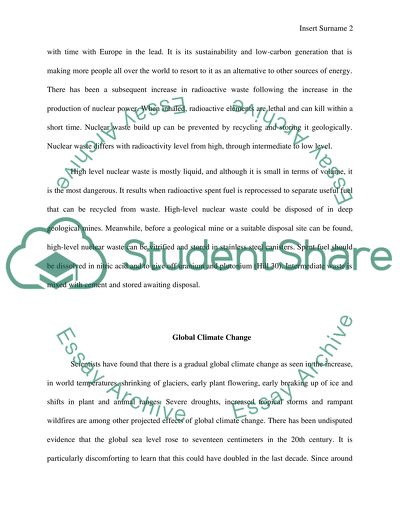Cite this document
(Environmental Threats in Their Order of Decreasing Importance Research Paper - 1, n.d.)
Environmental Threats in Their Order of Decreasing Importance Research Paper - 1. Retrieved from https://studentshare.org/environmental-studies/1483463-essay-exam
Environmental Threats in Their Order of Decreasing Importance Research Paper - 1. Retrieved from https://studentshare.org/environmental-studies/1483463-essay-exam
(Environmental Threats in Their Order of Decreasing Importance Research Paper - 1)
Environmental Threats in Their Order of Decreasing Importance Research Paper - 1. https://studentshare.org/environmental-studies/1483463-essay-exam.
Environmental Threats in Their Order of Decreasing Importance Research Paper - 1. https://studentshare.org/environmental-studies/1483463-essay-exam.
“Environmental Threats in Their Order of Decreasing Importance Research Paper - 1”, n.d. https://studentshare.org/environmental-studies/1483463-essay-exam.


